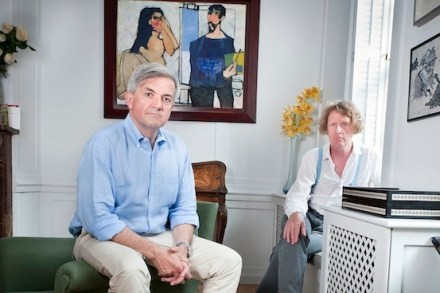Square meal
The Portrait Restaurant lives at the top of the National Portrait Gallery, London. It is fiercely modern, but likeable. You ride an escalator into a void, glimpse the raging faces of the Plantagenets and take a lift upwards, away from dead kings and film characters walking the streets. (Downstairs, by the entrance to the National Gallery, two competing Yodas from Star Wars are posing for photographs. One is too tall to be a convincing Yoda. Tourists inhabit a different city.) In this long bright room there is no such anxiety; only clean windows to Trafalgar Square and happy women having lunch in a secret glade of stone and brick. You













